From Building The Ultimate Dollhouses
To Building Community
The Oxford Dictionary defines “Renaissance Man” as “a person with many talents or areas of knowledge.”
Vincent Giannotti may best be described as a Renaissance Man with one exception: he has many talents and areas of knowledge.
Case in point: Vince welcomed a Windsor Life interview for this feature on his ultimate dollhouses. But during our time together, we also discovered that: Vince has written and self-published “Life Lessons” (two slim hardcover anthologies of volumes of poetry); has a small onsite stained glass-making studio (where he fashions sun catchers and other creations); and he built his entire multi-level wood, glass and light-filled home from the ground up.
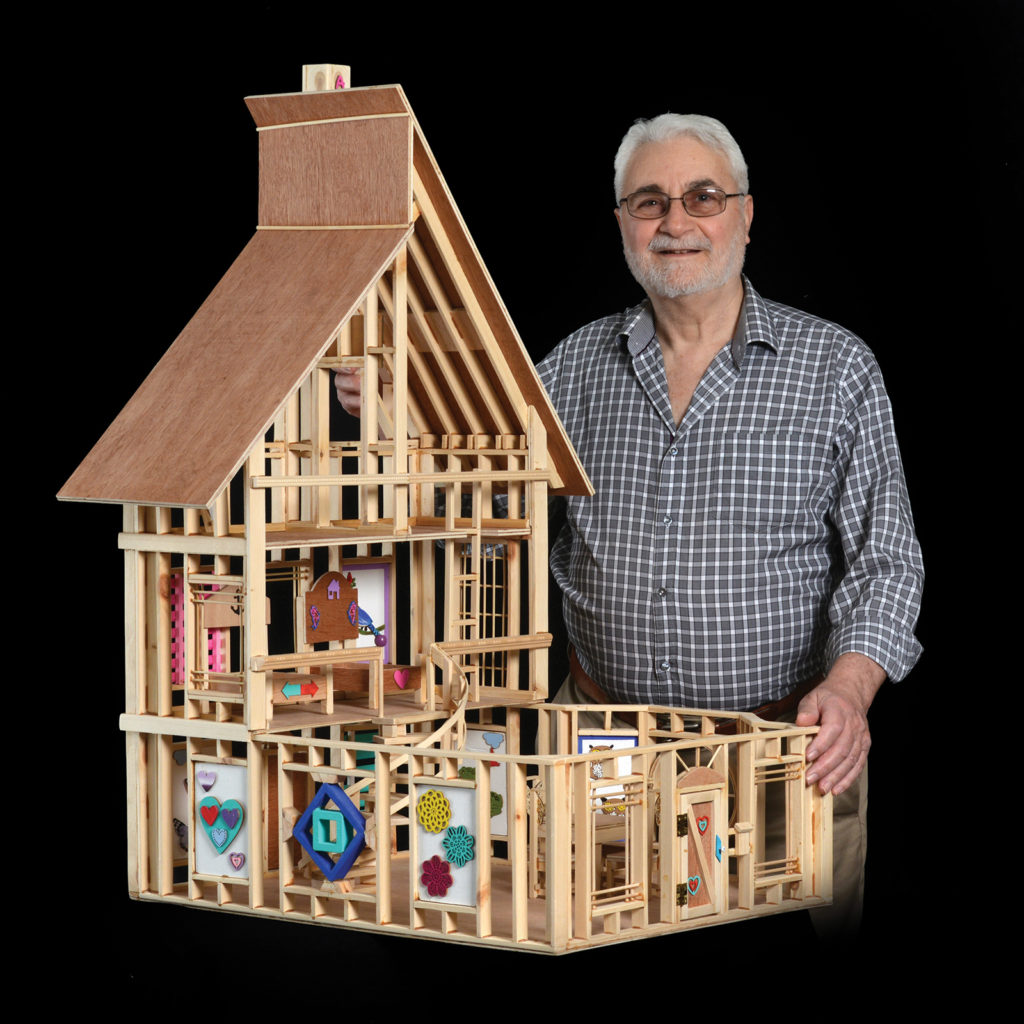
Vince is also a plumber by trade, but a life-altering health diagnosis forced him to retire before he planned. That was more than one year ago.
Invited into his spacious, airy kitchen, the first thing we see is Vince’s dollhouse worktable, where an almost-completed dollhouse for a lucky little girl named Ava awaits its finishing touches. We know this because Vince has incorporated the name AVA throughout the house decor, and “AVA” appears in big pink block letters on one wall, the bed and also on the chimney.
Since the early 20th century, dollhouses were primarily for children to play with and put dolls in; today, crafting dollhouses is also a beloved hobby, as well as dollhouse collecting. The age of Dollhouse 2.0 is upon us.
Miniature homes with furnishings and human/animal inhabitants have been around for a long time; the earliest known examples were found in the Egyptian tombs, created nearly five thousand years ago.
The one-of-a-kind Nostell Doll’s House in West Yorkshire, England was handcrafted in the 1730s. At that time, dollhouses were not considered toys; called “baby houses”, they were used to teach young girls how to run a household.
The term “baby” in baby house is coined from the old English word meaning doll. Dollhouses of this period showed idealized interiors with detailed furnishings and accessories. Cabinets were constructed by hand, featuring architectural details and filled with miniature household items. Intended solely for adult use, they were off-limits to children (not because of safety concerns for the child, but because of safety concerns for the dollhouse).
Before the Industrial Revolution, dollhouses were custom-built and crafted completely by hand. Following World War II, mass production took over. Models became more generic in design and more affordable. While mass production may well have made dollhouses more accessible, quality and design suffered. By the 1950s, typical retail dollhouses were made from painted sheet metal and filled with cheap plastic furniture.
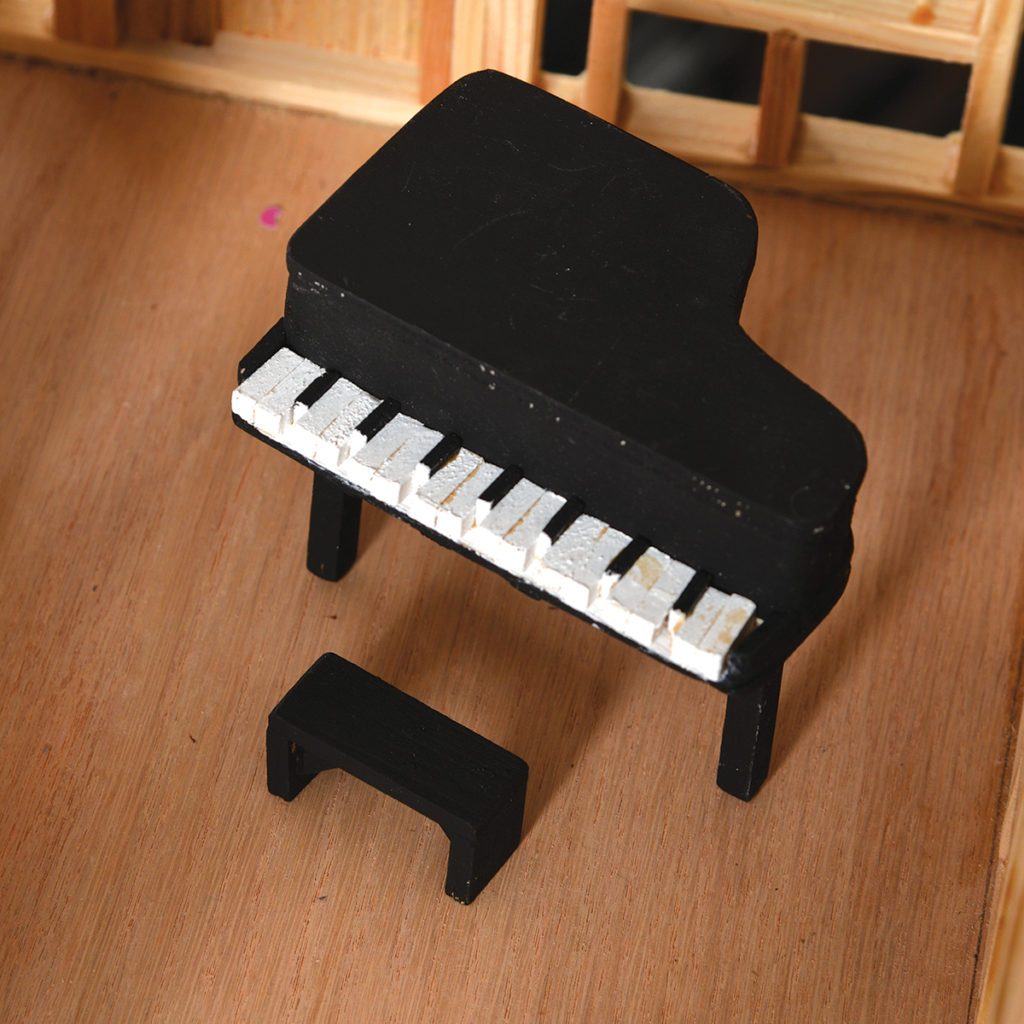
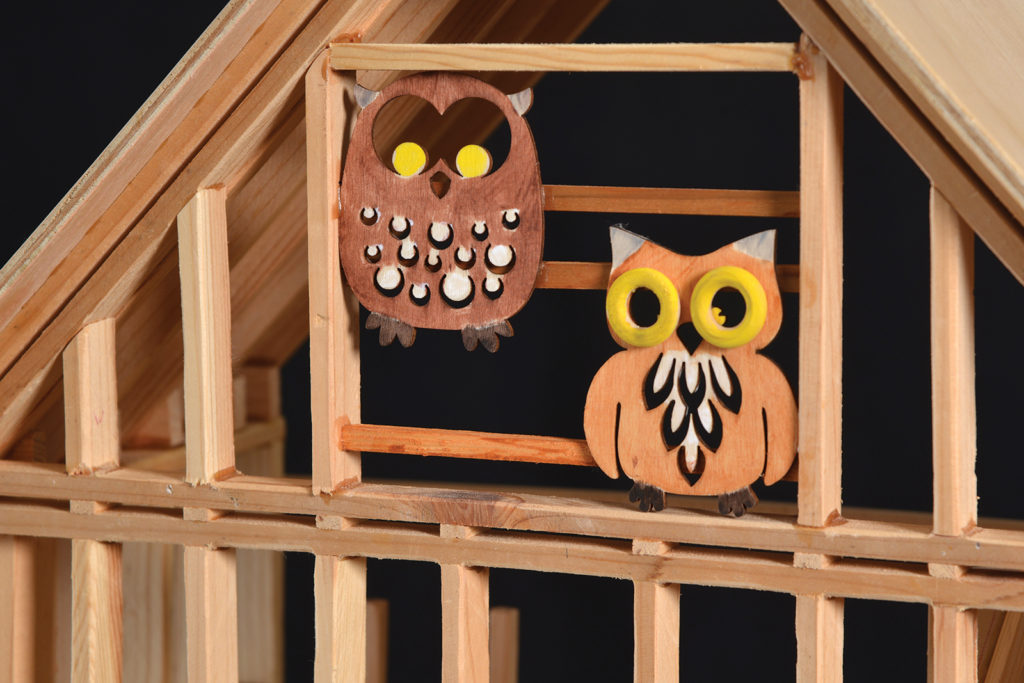
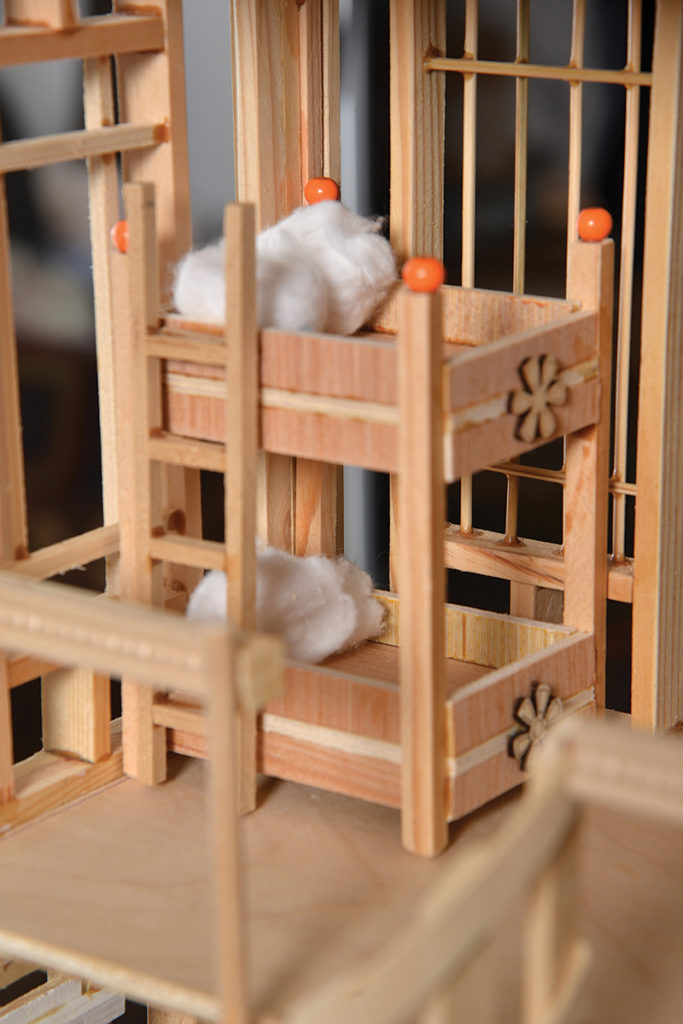
Vince has incorporated the best of all worlds with his one-of-a-kind design, careful construction and meticulous attention to every detail.
It’s hard to fathom, but it’s been less than two years since Vince embraced dollhouse making.
“When I retired, I needed to find something I enjoyed that would challenge me, keep me occupied and not be too physically taxing.”
Of course Vince’s inaugural effort was for his grandchildren—a certain five-year-old in particular. “The Dollhouse Nonno Built” occupies a playroom on the main level of Vince’s home.
When Windsor was welcoming refugees from war-ravaged Ukraine, Vince heard about a family of four who arrived here with nothing more than a few suitcases. Because the little Ukrainian girl Arina was roughly the same age as one of his granddaughters, Vince had a pretty good hunch that she’d be just delighted with an ultimate dollhouse of her very own.
It would take Vince about a month to build, decorate and furnish Arina’s dollhouse; during his downtime, he gathered and packed 9 boxes full of household goods: everything from dish towels to cleaning supplies to cookware and canned goods for the Ukrainian family.
“I will remember Arina’s smile for the rest of my life,” Vince says. She adored her dollhouse, complete with its own Ukrainian flag, beds, a kitchen table with four chairs, a stained-glass window and her name on the chimney. The little girl’s eyes widened further when Vince put a crisp new $50 bill in her hand to help with any future upkeep.
To date, Vince has built 15 custom dollhouses and he has no intention of stopping.
But these heirloom masterpieces are not for sale at any price.
“I consider it a labour of love,” says Vince.
Before construction can begin, Vince must determine the floor plan and dimensions. Next, he calculates the total number of windows and the exact measurements for each one. This differs, depending on the dollhouse size and style (one-floor ranch, two-storey, with/without loft or chalet).
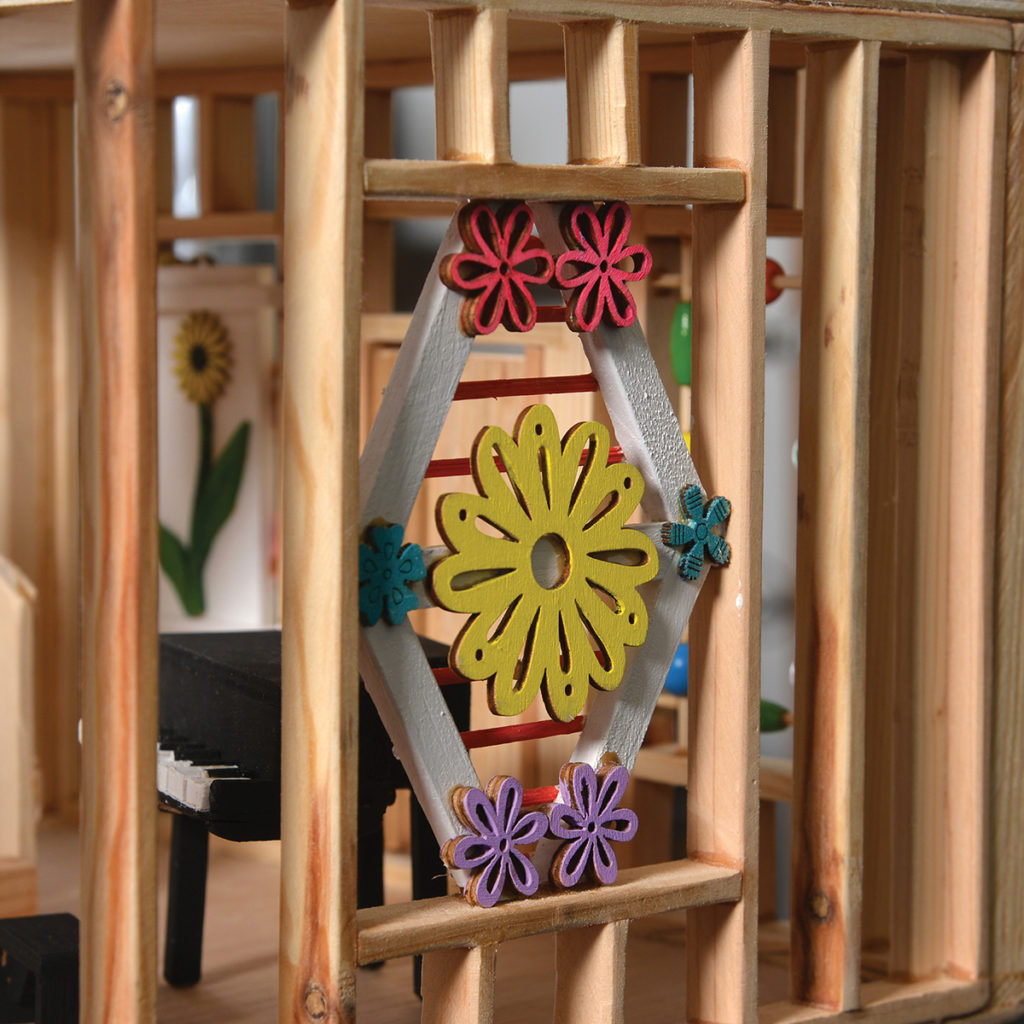
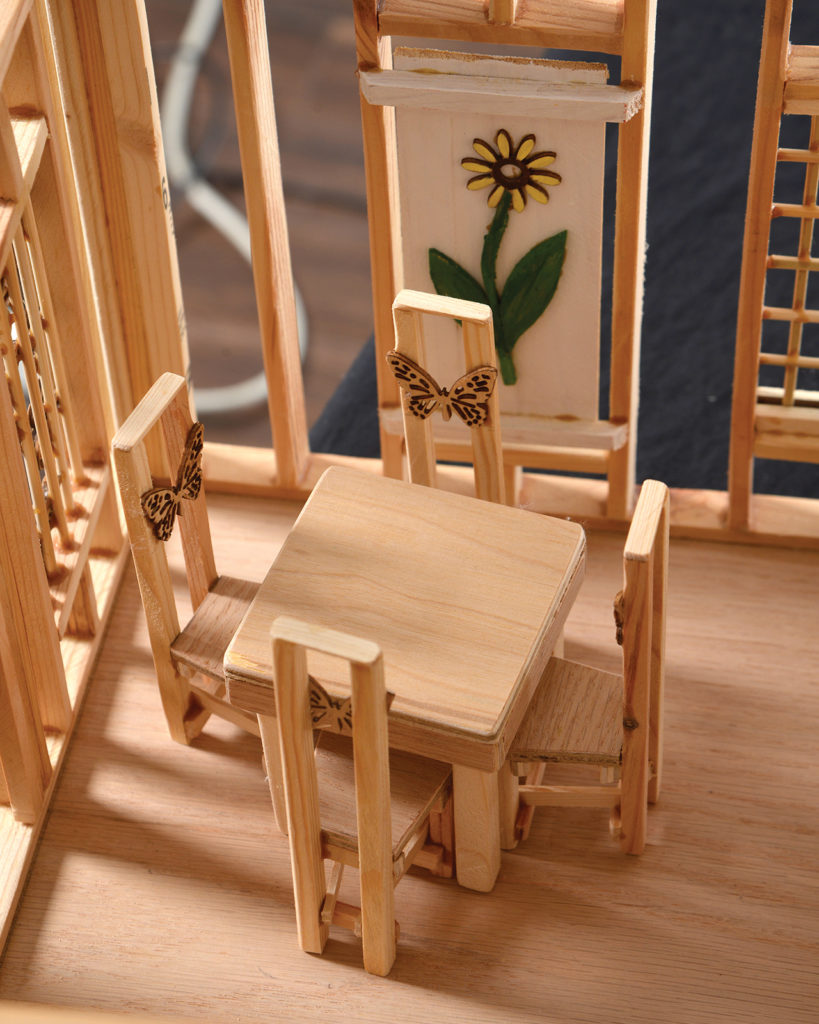

“At this stage, I must also figure out how many mini studs I’ll require for the entire house,” Vince adds.
Using 2×4 underlay, finished plywood or both, he makes and cuts them all. Crafting all the corner pieces to their exact measurements is a very important step before gluing the walls together; this ensures the house will be sturdy.
“The windows take time to paint and decorate; then the finished walls can be glued to the floor and the rafters can measured, cut and installed.”
After the rafters are in place, Vince measures and cuts the roof.
Bent wood spiral staircases are one of Vince’s specialties. There are no nails involved in any element of construction; he just clamps the bent wood into place, glues it and allows it to dry completely.
“The final steps involve making and installing the roof and chimney. Once they’re in place, it’s time to install the front and back doors.”
A handmade kitchen table, four matching chairs, two beds and an easel displaying a colourful painting are part and parcel of every ultimate dollhouse. Vince makes his own furniture and accessories, but kits are also readily available at craft and hobby stores to fashion furnishings, interior decorations, dolls, books, wallpaper and even clocks.
After seeing how much joy his dollhouses bring to healthy children, Vince is inspired to create and gift them to children living with cancer. “I hope to bring these kids a much-deserved boost to their spirits, happiness and well-being,” he concludes. The rich complexity of dollhouse play makes it one of the best toys ever, but it is so much more than a toy for children of any age!


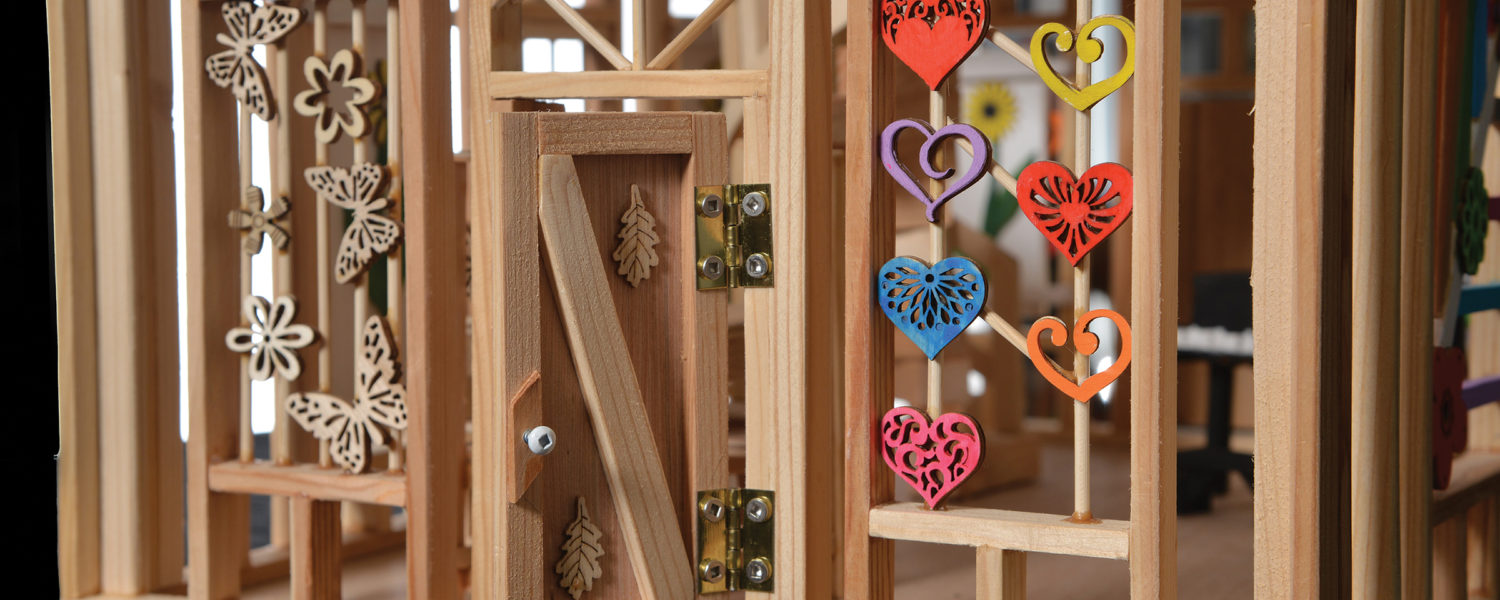

Add comment